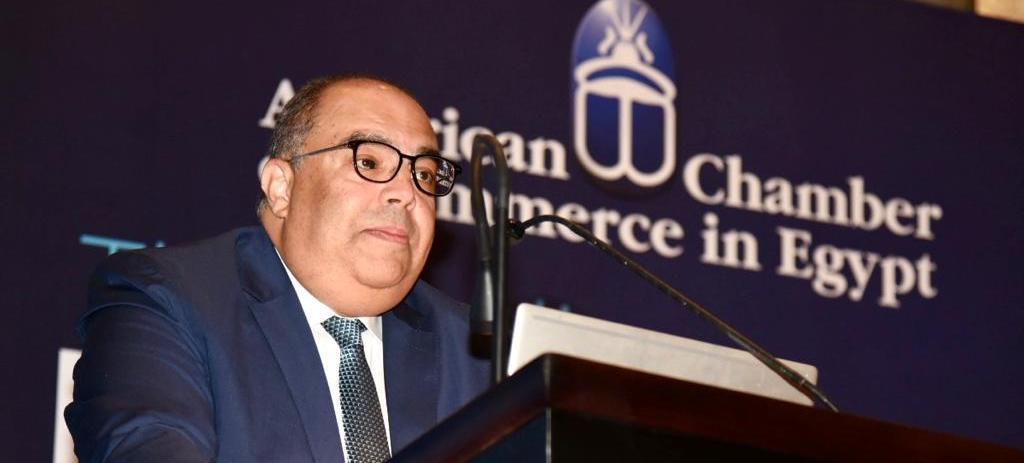Egypt is exploring the possibility of issuing securitized bonds that would be backed by state-owned assets to address the ongoing US dollar shortage. Under this plan, the bonds would be secured by expected US dollar revenues generated from unspecified state-owned assets, and investors would receive payments from the cash flows of these financial assets.
Credit availability
Securitization is a process that helps increase credit availability by transforming non-tradable financial assets into securities. These securities can be issued to investors and traded on capital markets. The payment rights are divided into several “tranches” and are paid in a specific order. Credit enhancement mechanisms support these payment tranches. This provides investors with exposure to diversified credit risks that are tailored to their particular risk appetite. According to the Bank of International Settlement, this process is helpful for investors who are looking for a way to invest in a range of credit risks.cular risk appetite. According to the Bank of International Settlement, this process is helpful for investors who are looking for a way to invest in a range of credit risks.
The potential issuance of these bonds is expected to involve redirecting a 25% share of the state’s future US dollar revenues, according to the recently released Economic and Social Strategy document by the Egyptian Cabinet. This initiative aims to accumulate over $10 billion during the fiscal year 2024/2025, which commenced on July 1, 2024, with a targeted total collection of $300 billion by the year 2030.
The first phase of this issuance targets a collection of $1.5 billion. These bonds target mainly foreign investors, and they will be issued for the country’s traditional assets in terms of generating US dollar revenues.
It is worth noting that the key US dollar resources for the Egyptian economy are the Suez Canal, tourism, exports, expats’ remittances, and foreign direct investments (FDI).
“The process implies selling the receivables of current financial rights or financial assets in the return of a future cash flow. This investment vessel will provide the government with the expected US dollar revenues of the asset in advance. In return, the investor will benefit from the potential revenues through the bonds he purchased with the approved yield,” CEO of Contact Financial Holding and Chairman of the Egyptian Federation of Consumer Finance Said Zater explained to Business Monthly.
Zater stressed that such an action would contribute to replenishing the US dollar liquidity in the local market amid the severe shortage of the greenback. Yet, he highlighted that such an action means that the US dollar revenues Egypt is used to collect from these assets will not be reflected in its budget through the tenor of the securitized bonds.
He also noted that the action would improve the investment climate in the country and send positive feedback to the global market that Egypt is on track in terms of dealing with the issues its economy is facing.
In this respect, Zater asserted the necessity of adopting a supportive plan to tackle this issue.
Used on spending
Speaking to Business Monthly, Sherif Samy, former head of the Financial Regulatory Authority (FRA), pointed out the main risk of the issuance of such bonds.
“The US dollar liquidity the government would secure from selling these bonds should be utilized in a way that can generate more revenues for the country. Yet, the current economic situation in Egypt signals that this potential collection will be used on spending rather than investment in profitable projects,” said Samy.
Samy also noted that these bonds are widely adopted worldwide and the government should be open to the global experiences in this regard for a most successful issuance process amid the ongoing challenging economic situation.
However, Samy said that the action could contribute to combating the currency parallel market to eliminate the huge gap between the official rate of the US dollar and the rate traded in the black market.
FRA issued a resolution in October 2022 that governs and regulates the issuance of securities backed by future flows, aiming at developing tools and methods of financing in the Egyptian market, and creating new financing vessels that allow public and private legal persons to provide various financing sources to finance their projects.
In various markets
The issuance of asset-back securitized bonds is broadly adopted globally. In the US, for instance, there is a well-developed market for securitization bonds across various sectors, including mortgage-backed securities (MBS), asset-backed securities (ABS), and collateralized debt obligations (CDOs).
The UK is another country with an active securitization market. It has issued securitization bonds backed by assets such as residential mortgages, commercial real estate loans, and consumer loans.
The same case is in Australia, which has a significant securitization market, particularly in the residential mortgage-backed securities (RMBS) sector. Australian securitization bonds are backed by pools of residential mortgages originated by banks and other financial institutions.
These bonds are also widely issued in Spain, Brazil, and Japan. The issuance of securitization bonds varies across countries depending on their regulatory frameworks, market conditions, and investor demand.







